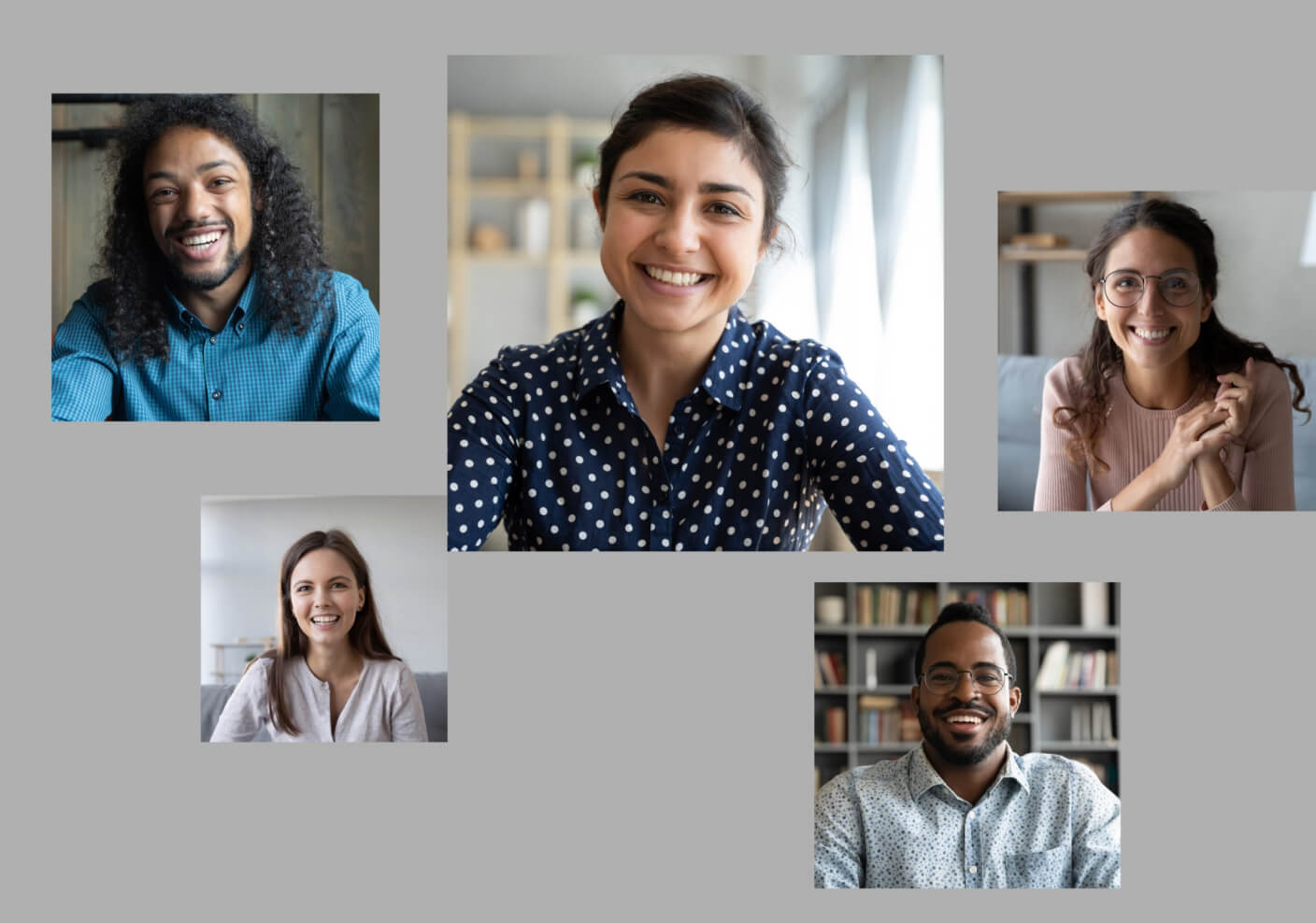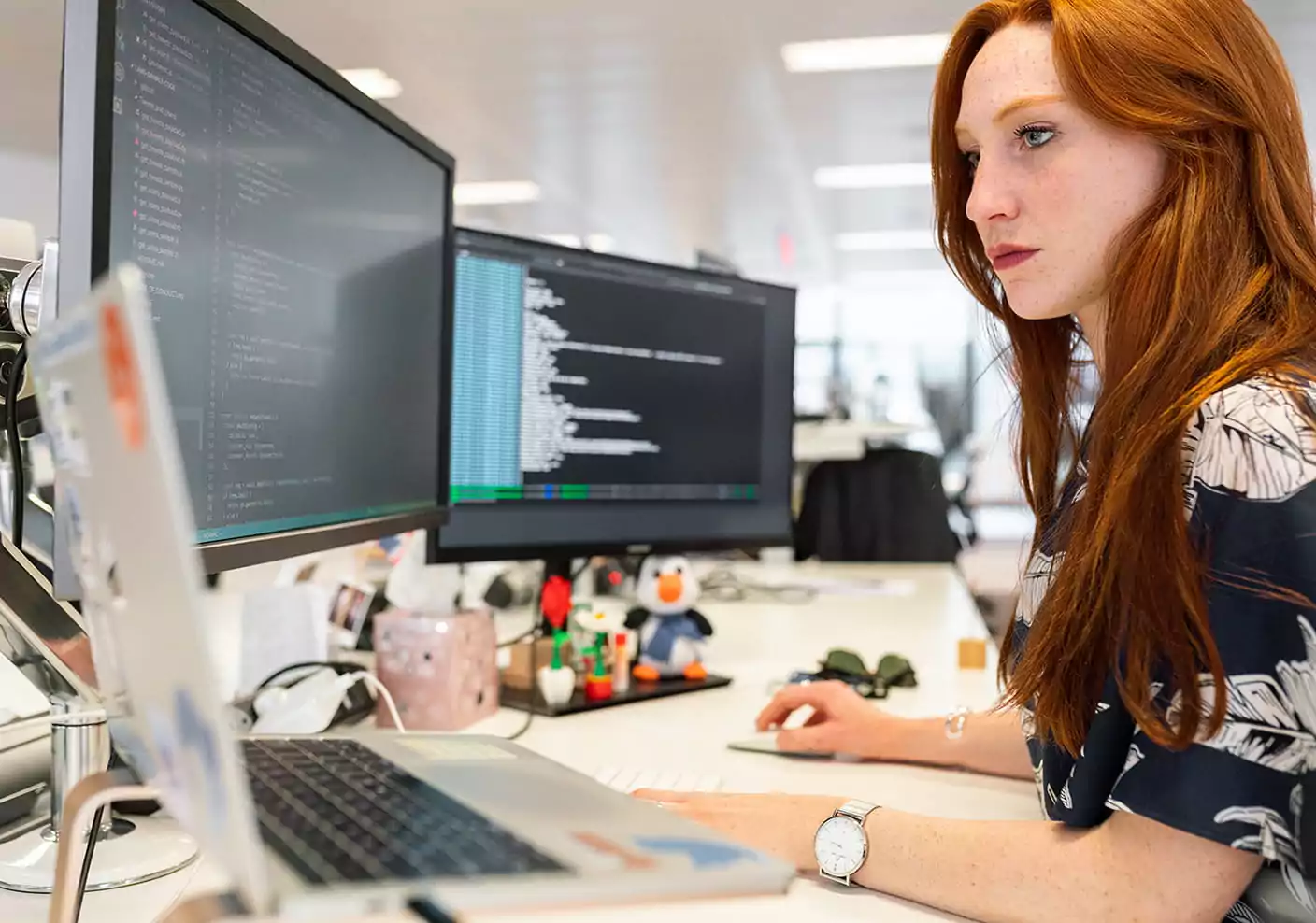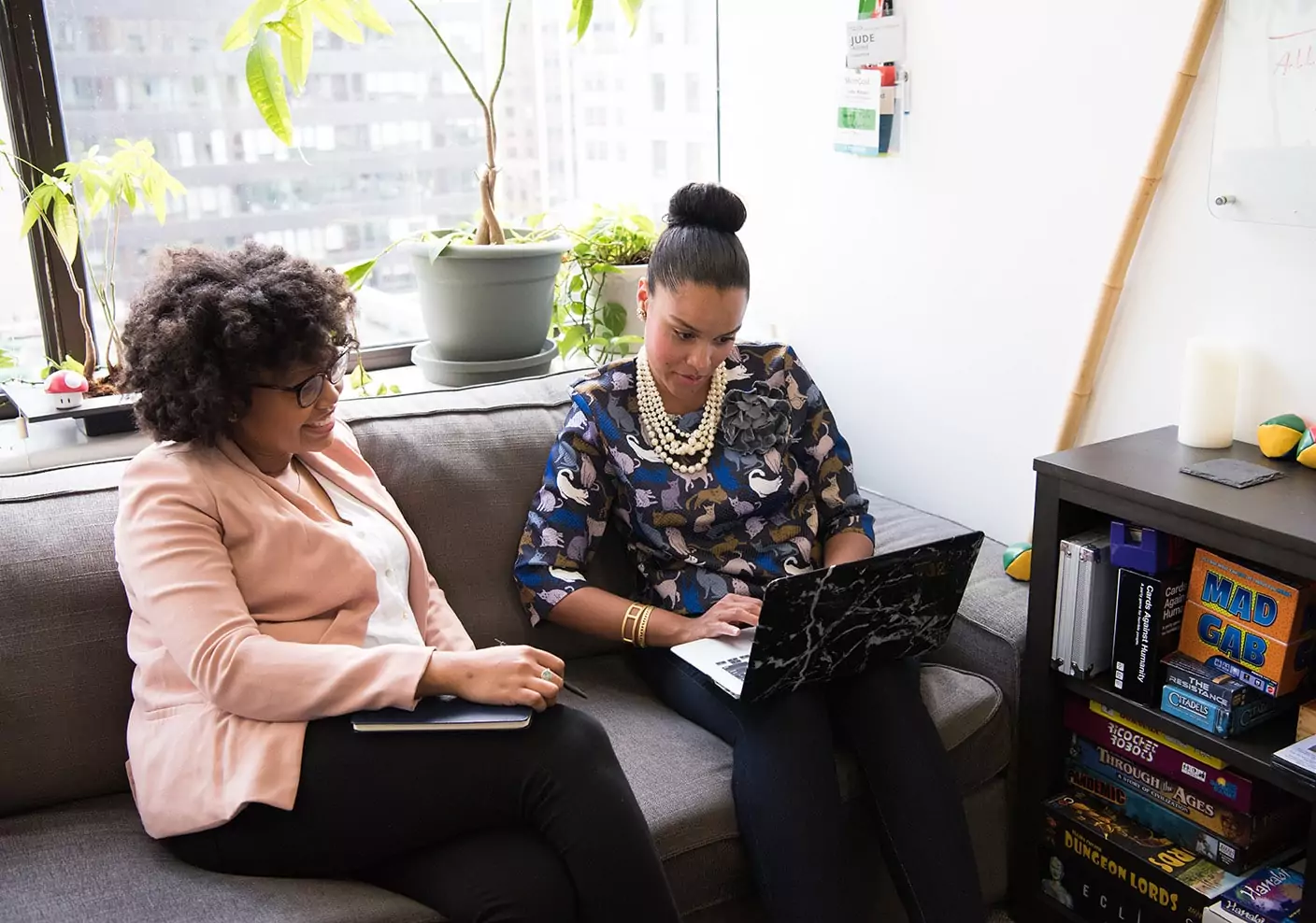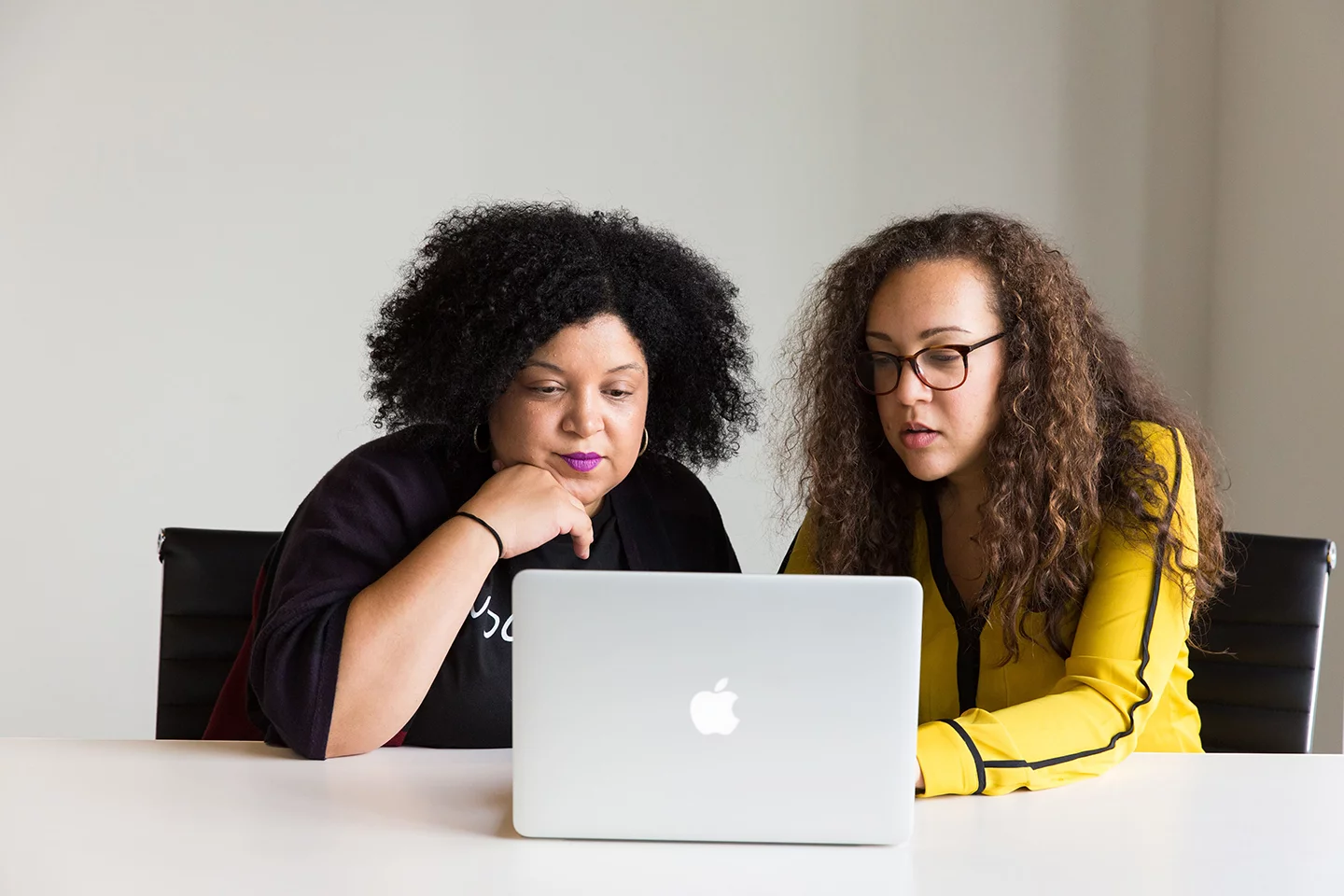Our weekly Future of Work Virtual Roundtable Series recently hosted Tina Bjork, M.Ed., the Global Capability and Learning Lead with The Coca-Cola Company.
Below is an excerpt of Tina’s presentation with some key takeaways about how partnering with Mursion has improved her company’s business outcomes and goals. To view the full recording, including a VR simulation that was created with Mursion’s Dr. Carrie Straub and the Coca-Cola team, visit our YouTube channel.
“I’m going to share a bit about what we experienced in one of our engagements with Mursion. We have been partnering with Mursion on numerous occasions related to leadership development and coaching skills. Most recently, we’re in the midst of deploying an experience around building facilitation skills for multiple trainers around the globe.
The one that I wanted to hone in on today and share with you was really the catalyst that gave us the buy-in that we needed from the business and from our leaders to say, ‘Yes, this is something that we need to continue to focus on and expand throughout the organization.’ That is earlier this year when we embarked on our influencing and negotiating challenge.
Some of the topics we’ll talk a bit about our goals as an organization and what we were trying to do in partnering with Mursion and using the simulations. We’ll talk about what we saw in terms of learner engagement for this particular experience. What did we actually see and get out of the time?
How Powerful Learning Solutions Drive Business Outcomes
Looking at the business outcomes, we knew that we needed to deliver training remotely. This was a decision that we made even prior to COVID thankfully, so we were already beginning to think about how we could deliver not just self-paced learning and send people out to do various e-learning courses, but also how could we build essential human skills through practice and in an authentic environment. That was one of our key outcomes that we were looking for. Also, we wanted to have a choose-your-own-adventure approach because we know that learners are more invested in their learning experience when they get to have some choice.
Learners are more invested in their learning experience when they get to have some choice.
It was really a great opportunity for learners to be able to choose which scenario they wanted to practice based on what resonates with them. Which is why instead of just doing one big blanket influencing and negotiating scenario, we decided to break it down into four different pieces that we’ll look at in just a minute. We wanted to gain insight into the gaps of our learners. We really couldn’t pinpoint what was most challenging within the domain of influencing and negotiating. We had deployed surveys. We’ve done focus groups.
In our surveys, it was very clear that people thought influencing and negotiating skills were very important, but they didn’t feel very confident that they could do things well to really drive an impact. That was one of the pieces of outcomes that we were looking for was, what are those gaps that our learners are experiencing. Through this practice, we could see that. We also wanted to provide a safe and authentic environment with high authenticity and low stakes. We achieved that based on all of the learner feedback. Then, in general, just the cultural efficacy of this type of experience for us, it was relatively new to this part of the organization that we tested this in.
We wanted to get that buy-in, and that evidence so that we could support doing additional practice simulations as part of our future capability development programs. We did prove that out through an excellent Net Promoter Score. We’re asking the learner whether they would recommend this particular solution to a colleague or a friend and we achieved an excellent score through this experiment with the influencing and negotiating.
We thought it was really important that not just as a people leader you get to practice these skills, but there is also an art and a science to influencing and negotiating when someone is not your direct rapport. Influencing without authority was really important. We did them as one-on-one sessions, which we opted to do for this so that we could test it out in a much more safe space. Because these particular individuals who participated in the pilot didn’t already have established rapport with one another, didn’t really know each other that well, we thought we could practice it more in a one-on-one and test that out versus doing that small group of four.
Creating Customized Content to Exceed Learning Goals
We had four distinct scenarios that we collaborated with Mursion to build. We gave them inputs like this is our organizational culture and our organizational objectives and a little bit about how we operate so that then the scenarios that were designed could be made relevant to the things that our people actually experienced, which was really powerful.
Looking at the scenarios that we put together, you might be wondering what were the four. Encouraging innovative thinking and diversity of thought, pitching an idea to a superior. We had one around project management and how to influence without authority. Then we had one related to resolving work hand-off conflict. One thing that we discovered, and we already knew going in, is that in our environment, we avoid conflict. Typically, people don’t gravitate toward it. Whenever you see the word conflict in an opportunity to practice a skill, that can be a little bit intimidating and scary, and so not a lot of people were up to the challenge there.
The practice is, this was designed to give learners an opportunity to practice their skills, particularly in a time-sensitive situation. They needed to gain agreement immediately during the conversation, which is often difficult when you have clients or partners that are in a rush, don’t want to make an on the spot decision but you need to get that guarantee or agreement from them during that very brief conversation. That was the challenge that we had ahead of us. Then we had a number of strategies or best practices that we shared with people.
Prior to going into these four simulations, they took a self-paced course that went over fundamentals of influencing and negotiating. They were given a quick job aid checklist to work with and to utilize when they were doing their practice. Then we went through the practice and did something to follow up.
What was really interesting and fascinating about the results was we were able to get from the coach who was assessing each of the participants how well was the strategy that we were looking for applied.
For example, were we able to see were open-ended questions asked? Were solutions or perspectives taken into consideration? Then did the agreement happen right on that same interaction? That was really cool. We were able to see that while our learners did really well in proposing solutions and different perspectives during the conversation and treating the other person like an ally, one of our big gaps in opportunities was securing that agreement to finish by the deadline.
This is definitely something that we were able to, as a learning team, drill down into and then figure out from there how we use this to inform future learning opportunities. We used it during our follow-up session to have another conversation about what we could have done differently to gain that agreement. Also, we got the data once we drilled down into, for example, asking questions. How successful was the learner in reaching this objective? We were able to really break it down even further and get some commentary from the coach that evaluated them.
Assessing Learning Performance to Achieve Long-Term Results
Just to look specifically at what were some of the challenges and what went into them partially reaching the objective or not reaching the objective at all. On the far end of not reaching the objective, the learner, for example, here was very direct to the point where the other person became defensive. They would have received that coaching during the first practice round. Then they would have had the chance to practice again and hopefully approached it a bit differently the second time around, which was powerful for us in being able to give people continual practice, and be able to let them iterate on their approach in a safe environment.
The other powerful piece was they got the recording of their interactions. We have a lot of things that we do, little quirks and little things that we don’t even notice that we do when we’re interacting with others that it’s really powerful to be able to have that video playback and watch yourself back to see if you maybe have some blind spots around how defensive you might have been during the interaction, for example.
Then we were able to see on the opposite end so securing agreement where we got lower results was on how successful was the learner in reaching the objective. Some commentary there so that again we could drill down and work more with those learners to address the real challenges that they were facing versus just generically understanding that there are challenges with influencing and negotiating without really knowing what’s behind that. The coaching and the feedback as well as the commentary for us as the learning professionals was really, really helpful in determining our next steps.
Obviously, through the results, through the feedback and the stats, we were able to prove that within this organization and in this construct and also in various other essential human skills that simulation is an effective and realistic way to practice. It’s nothing new, the military has been doing it since the ’80s or even before simulation-based learning. What’s new and different here is being able to practice human skills which is a really unique opportunity and we were able to share that we can do that.
I’m going to share some key takeaways:
Embedding simulations into the learning journey versus as a standalone. We were thinking how do we test this? Let’s tack it on to something that is already existing so a program that we have that’s around building an effective customer experience. Within that, they would have to complete some prerequisites before they go into the practice. Then they would do some follow-up discussions after so that they can further the learning. It wouldn’t just end at the practice session. That was a lesson learned for us and something that we are implementing as we move forward into additional offerings.
The hosting of the pre and post sessions to set the expectation. To some people, getting in the avatar simulated environment mode can be a little bit slow to catch on to the fact that they’re interacting with a cartoony person but they a real actor behind the scenes. We’d like to do a pre-session with those who haven’t experienced Mursion before to give them a taste for what they’re going to expect in the session so they’re not caught off guard.
Smaller group sessions. We were thinking and we were testing this now with our facilitators where we’re doing smaller groups of four instead of just the one-on-ones so that those smaller groups of four would have a chance to observe one another going through the same or different scenarios. You’re then broadening your own learning by observing the feedback that’s being given to others. We also thought that the accountability of having to schedule with a small group might be stronger, we might see greater adoption through having that smaller group format.
We have taken in some of those takeaways and lessons learned and we’re applying them now into the practice that’s happening for our facilitators.
I would love to see us have opportunities for practice on all of our essential human skills.
Currently, we are embedding this as part of our leadership development programs for coaching and other types of skill practice. It’s just a part of the learning journey. They get some foundational training as part of their cohort and then they go into the practice as just part of the journey. Then within our organization with influencing and negotiating, this is something that we’re exploring tacking on to our ongoing curricula.
I would love to see us have opportunities for practice on all of our essential human skills. We had to prioritize and influencing and negotiating still becomes a big focus area for us. Then in terms of the facilitators and how we’re upskilling them and having them practice, that’s just something that will become part of the standard program. Whenever facilitators are upskilled, they’ll go into several virtual sessions to set the stage and then they’ll have opportunities to practice not just once but several times throughout the duration of the year.“
Subscribe for the latest Mursion articles and updates.
By clicking the sign up button above, you consent to allow Mursion to store and process the personal information submitted above to provide you the content requested. View our Terms and Conditions.




